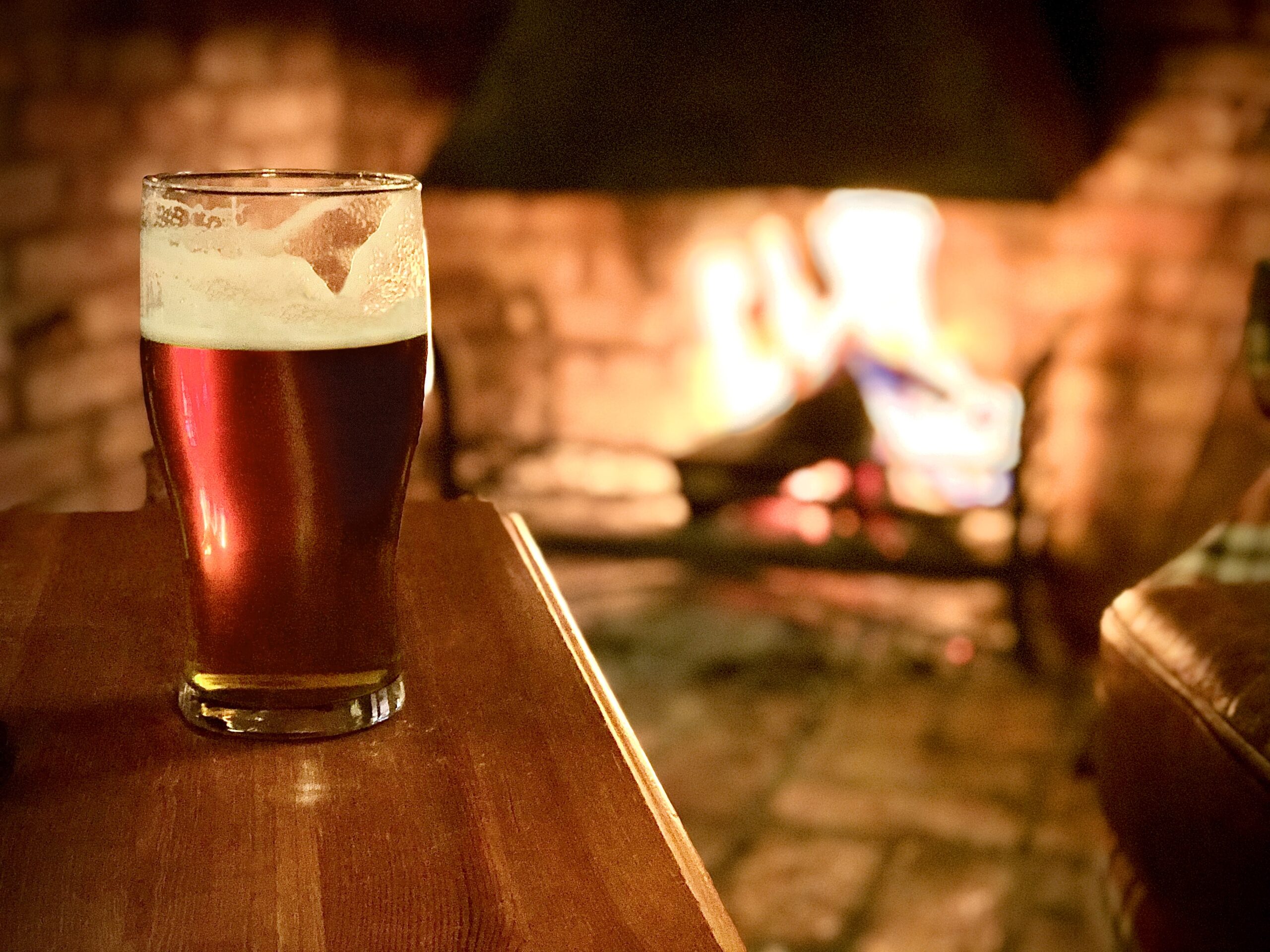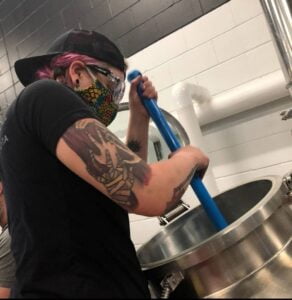 By Bill
By Bill
Ok It’s Lager time!
Right around this time of year, our beer coolers get overrun by Lagers. Don’t fear…your Hazy IPAs aren’t going anywhere. They just have to share some of their space (oh…and it is their space) for a bit.
I fully understand it’s the middle of August, but the beer industry doesn’t care it’s still 80 degrees outside. The Fall beers are rapidly showing up with lots more to come in the next few weeks. Are you ready? OK then, let’s go!
Spearheading the Lager charge are the Märzen Octoberfest brews. Within the next few weeks, we’ll have almost 50 different Oktoberfest beers for you to choose from. That’s up from the one Oktoberfest beer we carry year-round. I’m not very good at math, but that’s like, 50 times more Oktoberfest!
So, what can you expect from a classic Märzen Oktoberfest beer? 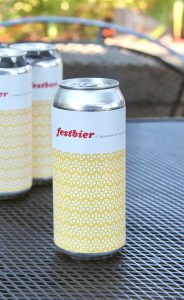 A balanced, malt driven beer very similar to a Vienna Lager. Biscuit-like maltiness and flavor with just a hint of hop bitterness to keep the malt in check. It’s a classic style. It’s my favorite of all the seasonal beers styles that get released each year. There’s no better beer to enjoy outside while the leaves are changing color.
A balanced, malt driven beer very similar to a Vienna Lager. Biscuit-like maltiness and flavor with just a hint of hop bitterness to keep the malt in check. It’s a classic style. It’s my favorite of all the seasonal beers styles that get released each year. There’s no better beer to enjoy outside while the leaves are changing color.
 A balanced, malt driven beer very similar to a Vienna Lager. Biscuit-like maltiness and flavor with just a hint of hop bitterness to keep the malt in check. It’s a classic style. It’s my favorite of all the seasonal beers styles that get released each year. There’s no better beer to enjoy outside while the leaves are changing color.
A balanced, malt driven beer very similar to a Vienna Lager. Biscuit-like maltiness and flavor with just a hint of hop bitterness to keep the malt in check. It’s a classic style. It’s my favorite of all the seasonal beers styles that get released each year. There’s no better beer to enjoy outside while the leaves are changing color.2nd up in this Lager attack are the Festbiers. The sibling to the Märzen Oktoberfest Lager. Festbiers are typically golden versions of the Märzen style. Slightly lighter on the malt breadiness and a bit crispier. It’s what you’d most likely be drinking under the tents in Munich. I love both of these styles equally.
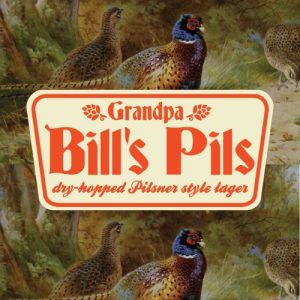 Last on Lager takeover, we have the triumphant return of Junkyard’s Grandpa Bill’s Pils — Pilsner purists should skip this next paragraph.
Last on Lager takeover, we have the triumphant return of Junkyard’s Grandpa Bill’s Pils — Pilsner purists should skip this next paragraph.This is Junkyards wonderful interpretation of an American Craft Pils. What separates this Pils from the pack is that Junkyard used only Citra Hops to brew is Lager. Citra is most commonly used to hop Pale ales and IPAs. Using his hop to brew a Pilsner puts a great twist on a very traditional style. Is it a textbook example of the style? No. Is it absolutely delicious? Yes. We sold out of this beer a few months ago and I’ve been begging for more. Here it is!
Look, I get it. You love IPAs. I love IPAs! We sell soooooo many IPAs! BUT, (here comes the Hot Take) when it comes down to it, there is no better beer than a well-made Lager. Think about it. Stranded on a desert island? Lager. Mowing the lawn? Lager. All those fun college parties from 25 years ago? (I’m old)…but the answer is…Lager. I can go on and on. Tailgating? Wedding? Writing a beer blog for work the night before it’s due? Lager, Lager, Lager! Trust me, I’m a professional at this.
NEW SEASONAL LAGERS IN STOCK NOW:
- Alesmith Oktoberfest
- Central Waters Octoberfest
- Earth Rider Festbier
- Excelsior Oktoberfest
- Fair State Festbier (already sold 1/2 of our allocation)
- Firestone Walker Oaktoberfest 6pk
- Lupulin Oktoberfest
- Half Acre Lagertown Oktoberfest
- Lift Bridge Okotoberfest
- Oliphant Festbier
- Paulaner Oktoberfest Marzen
- Sam Adams Octoberfest
- Schell’s Oktoberfest
- Spaten Oktoberfest
- Summit Oktoberfest
- Surly Oktoberfest
- Utepils Receptional Festbier
- Weltenburger Kloster Anno 1050
LOTS and lots more are coming very soon—like next week or so (including one of the staff favorites, Ayinger Oktoberfest!!)
Oh…fair warning. Some of these beers listed above will sell out before you actually want to buy them. No pressure, but now is the time to plan ahead. Get shopping and throw them in your basement until the flannel shirts come out.
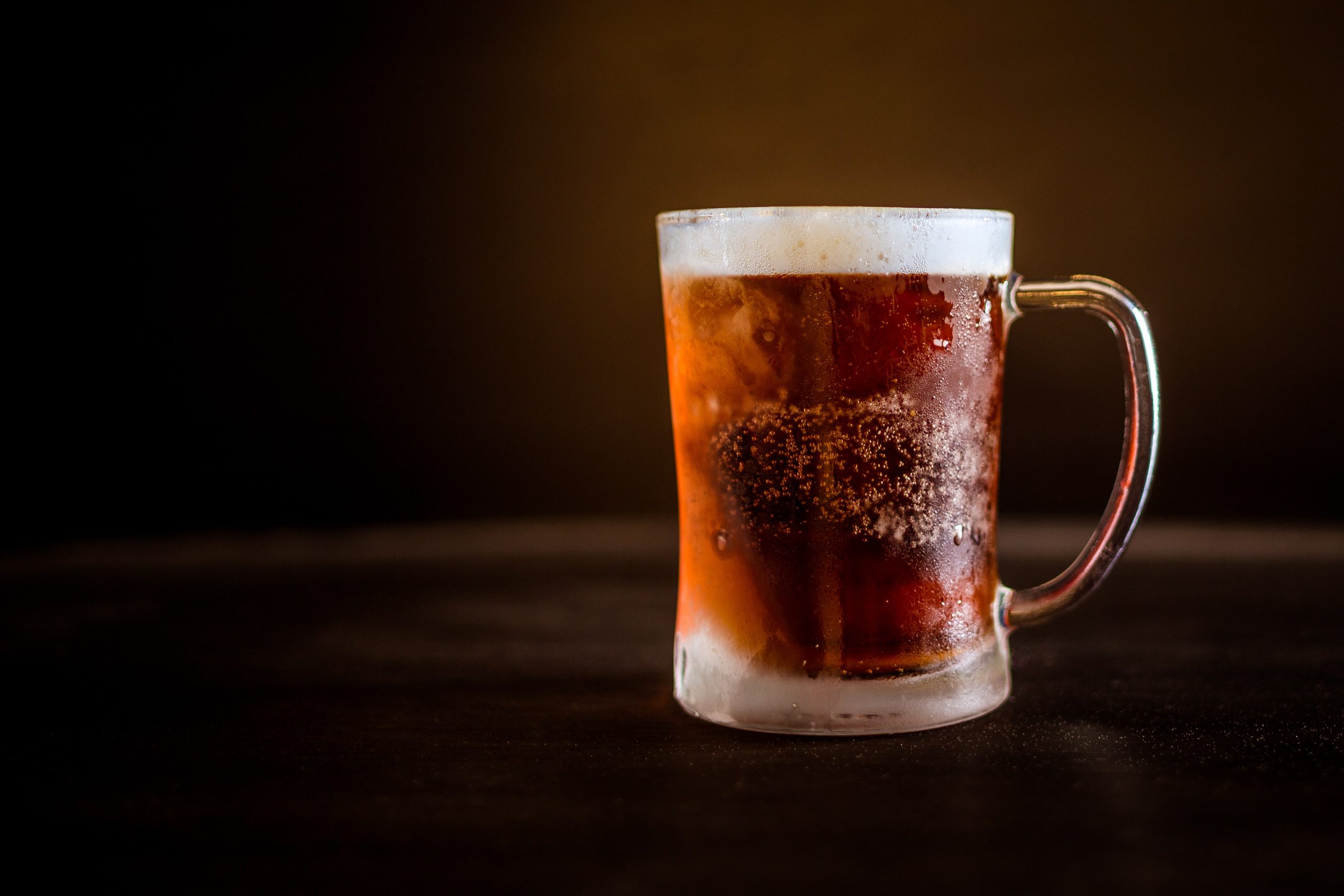



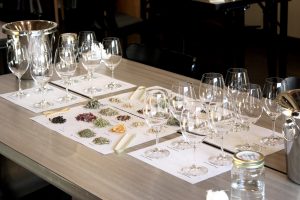

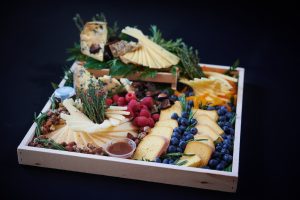
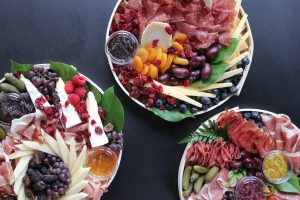

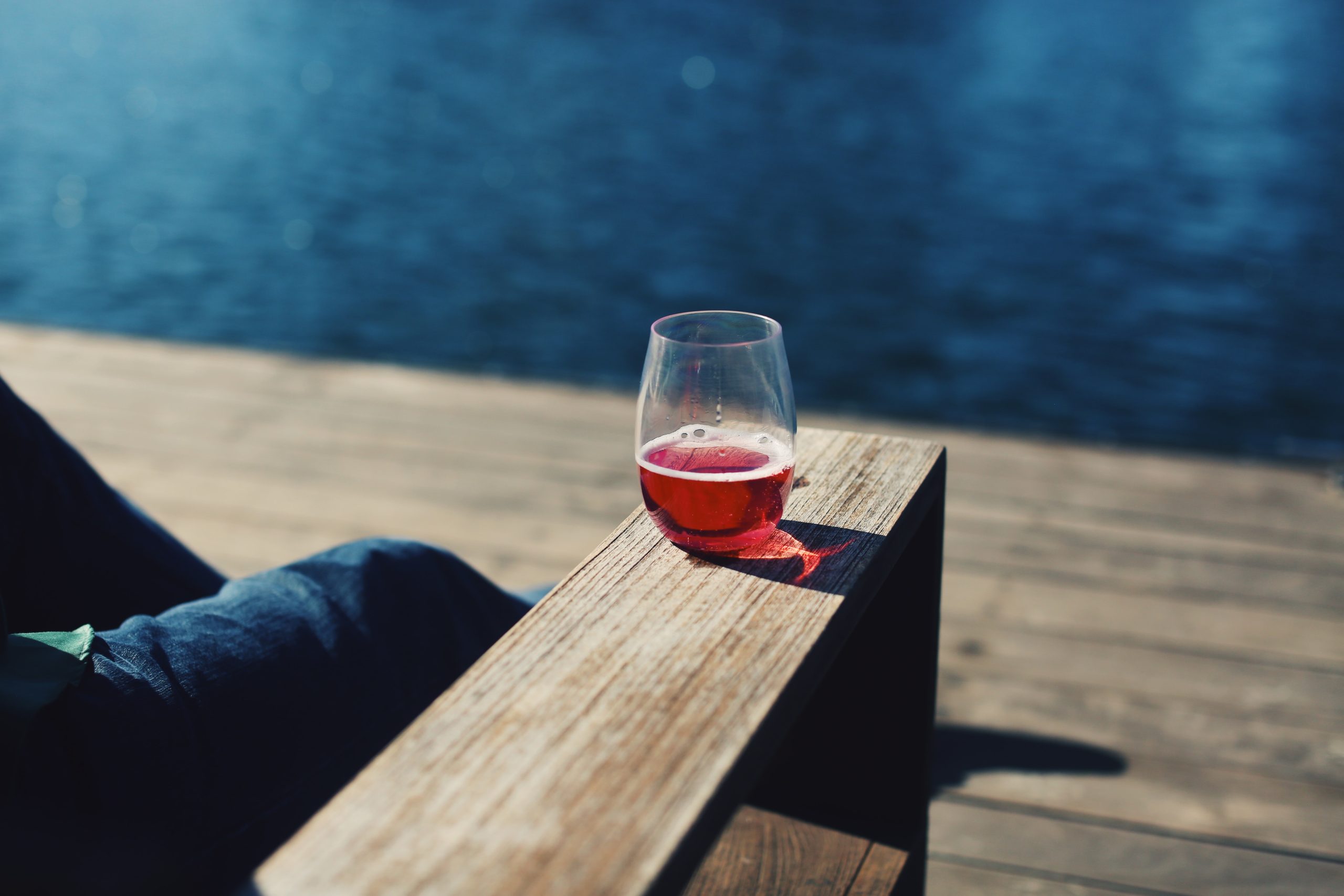
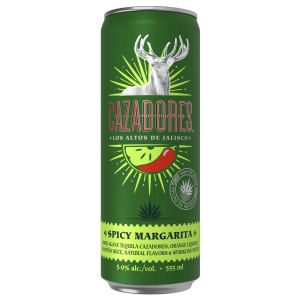
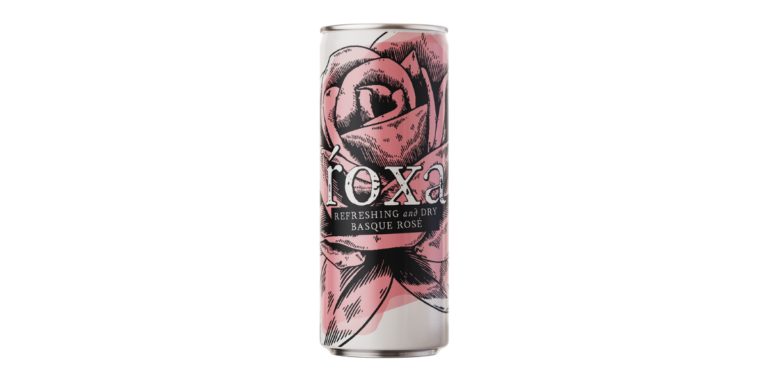
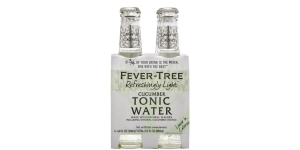
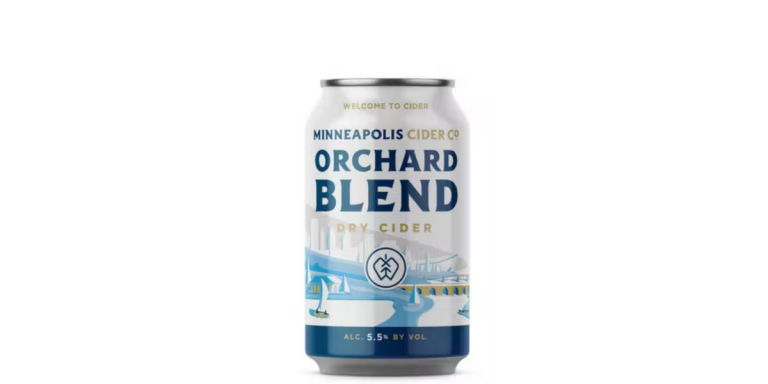
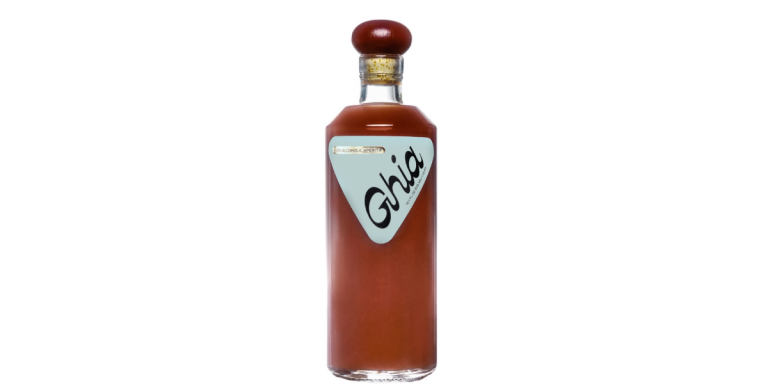
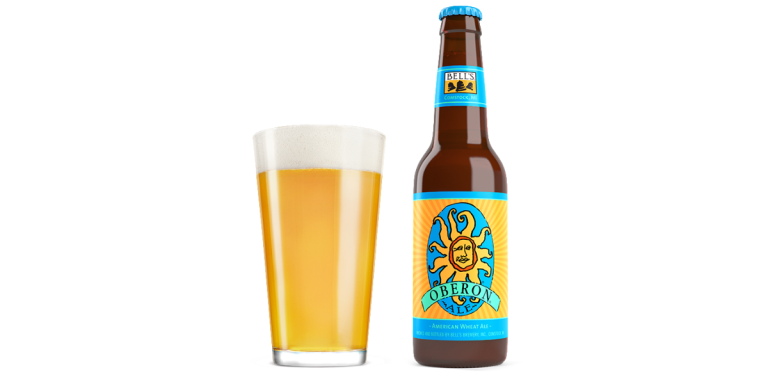
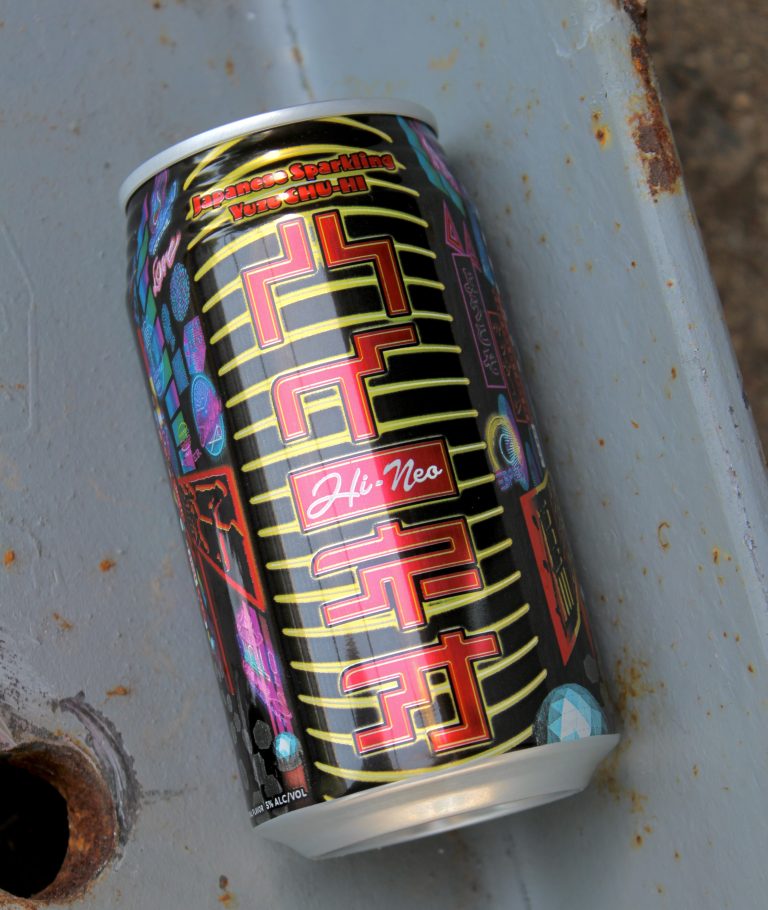
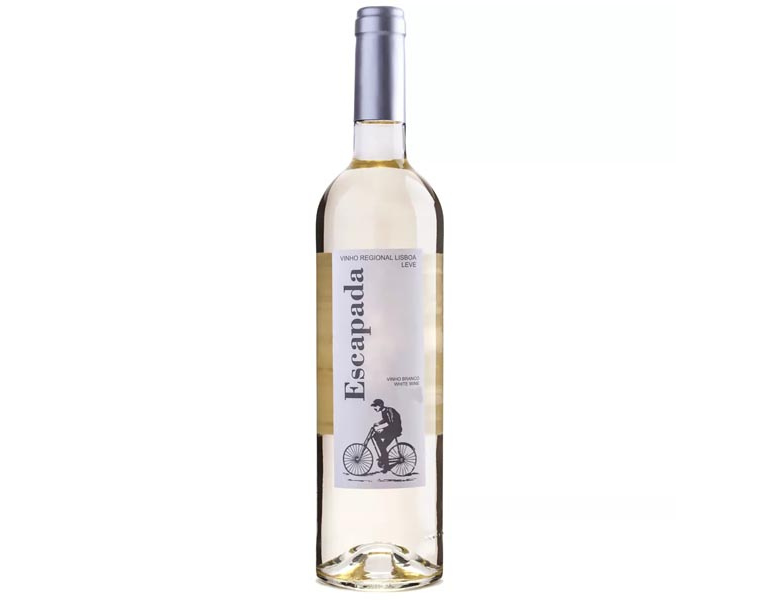
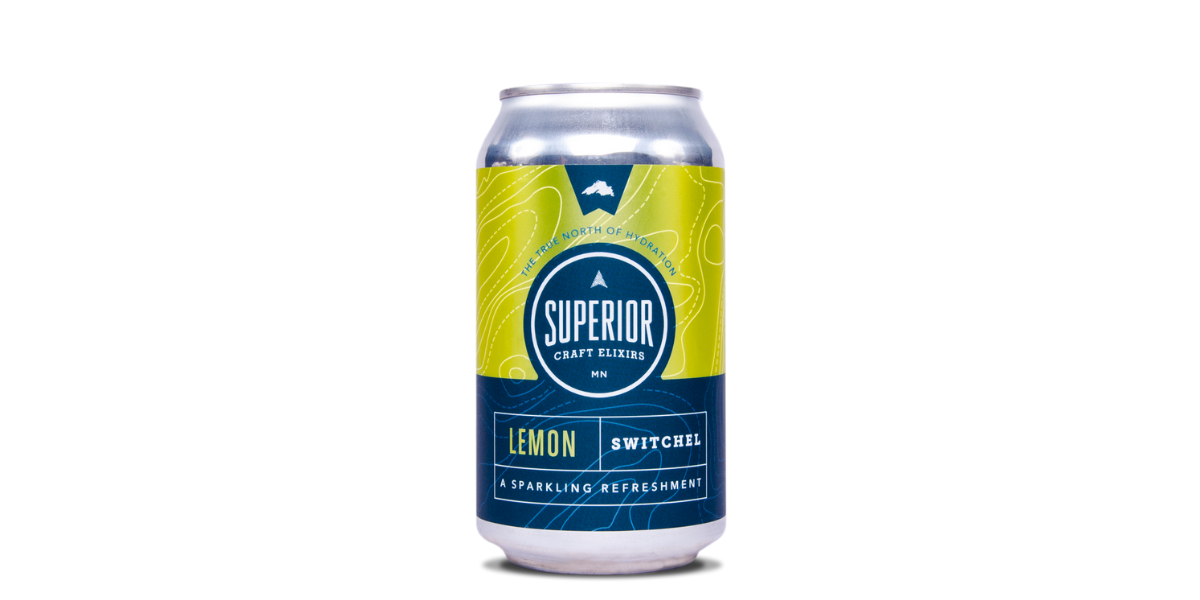
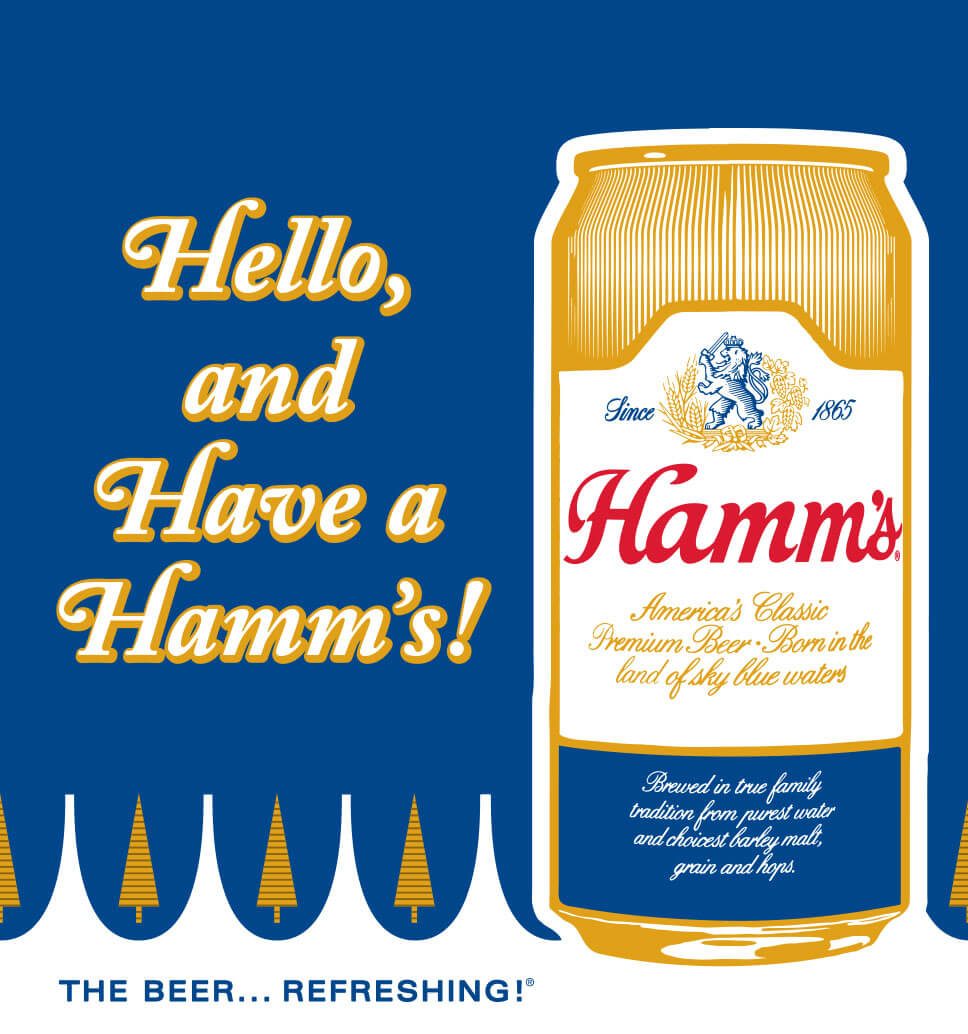

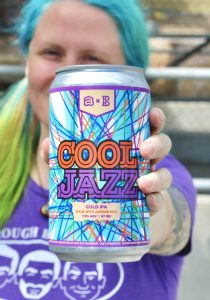
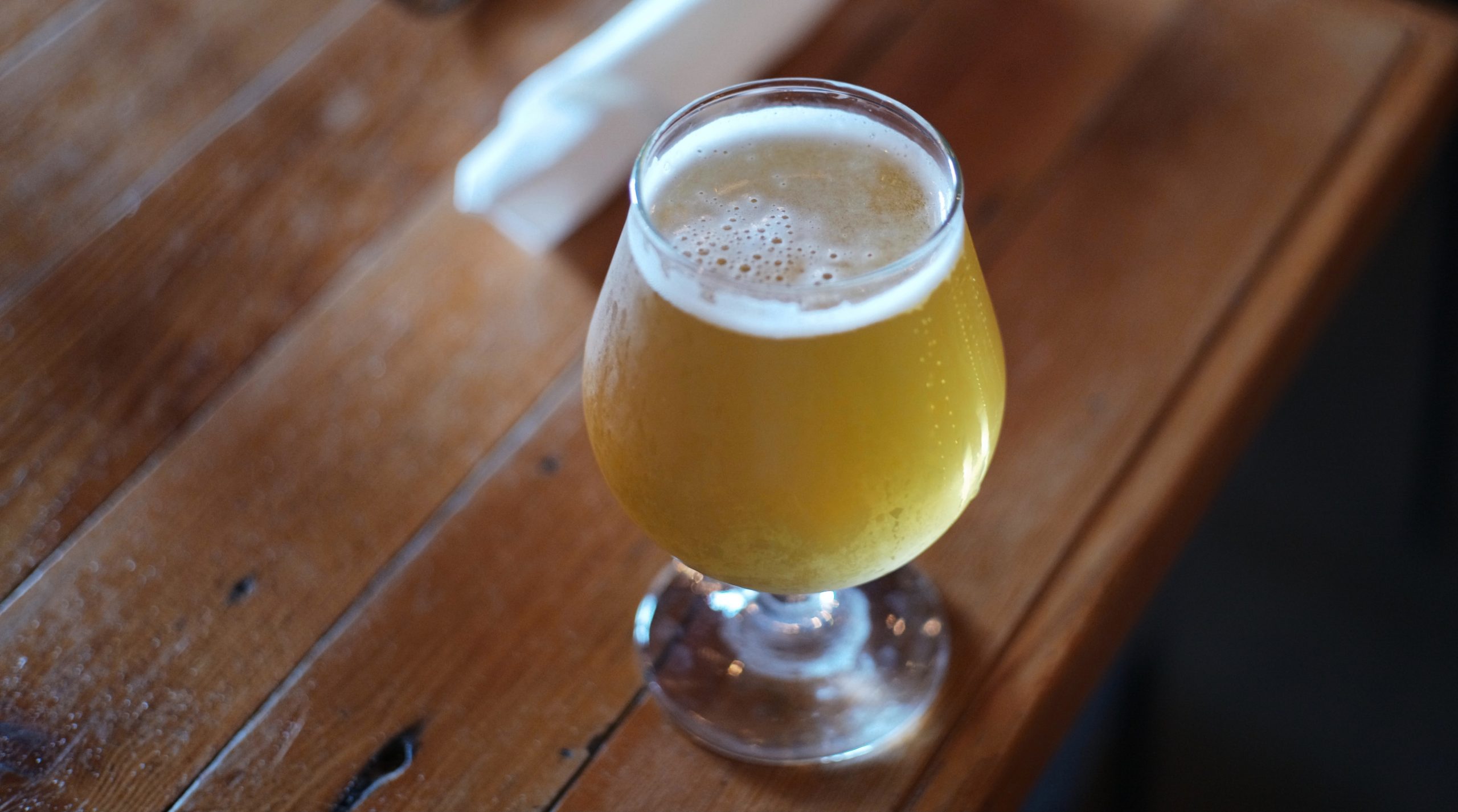
 by Bennett
by Bennett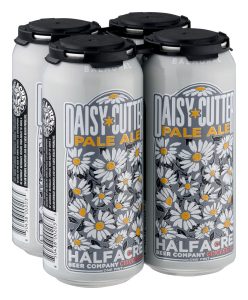
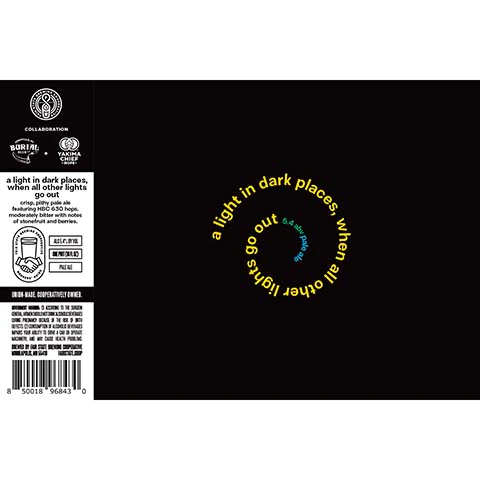
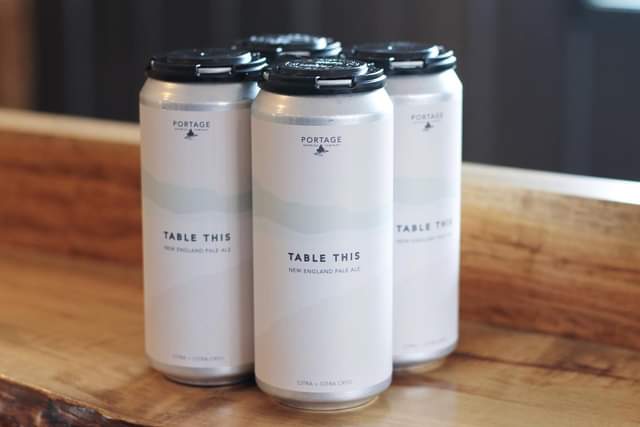
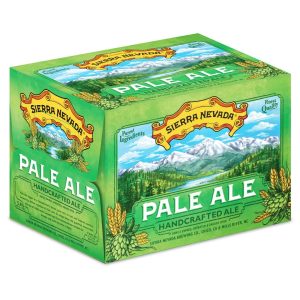
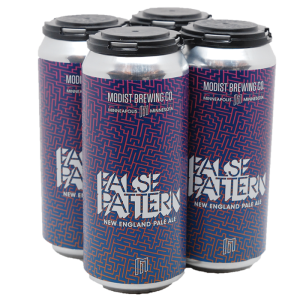
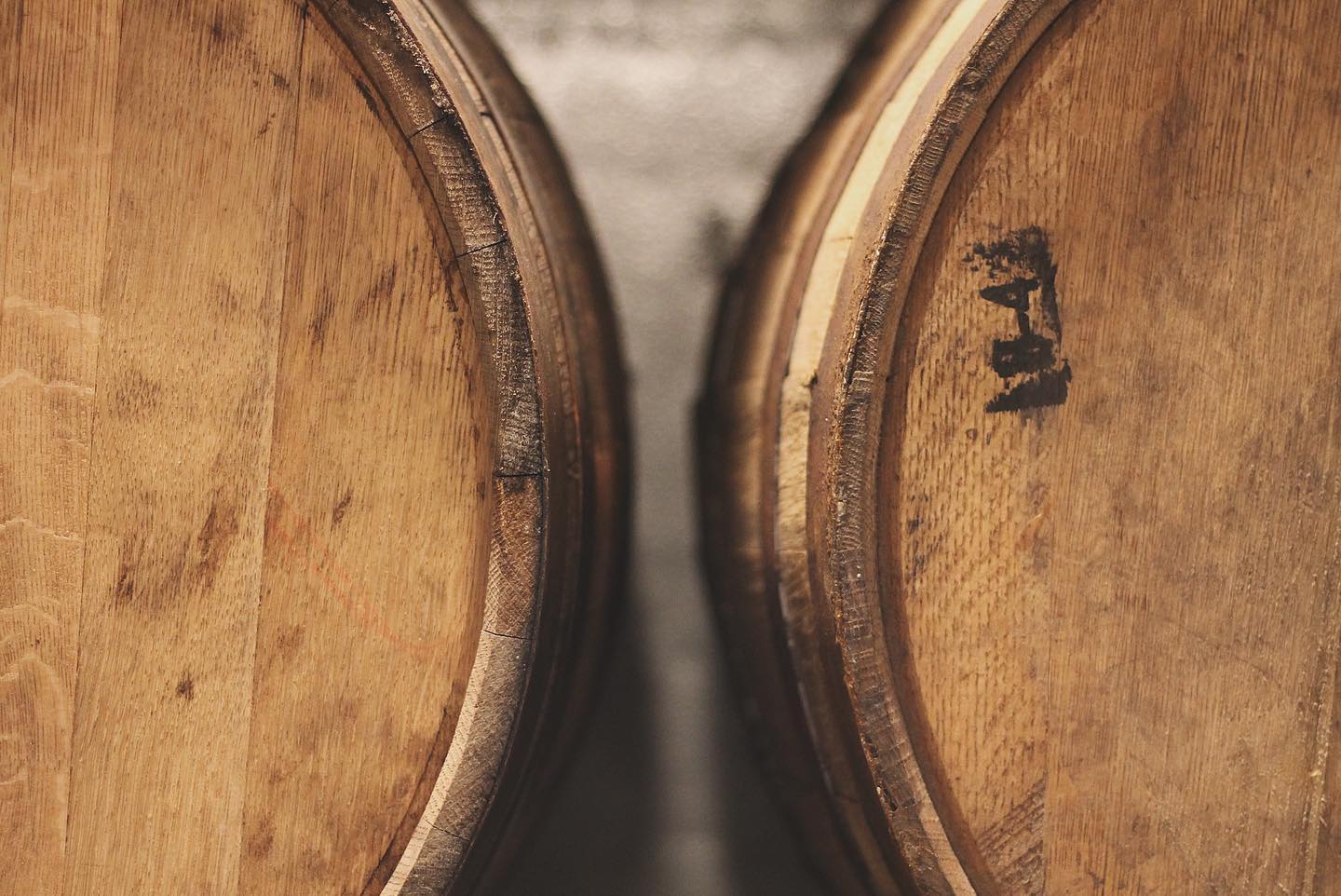
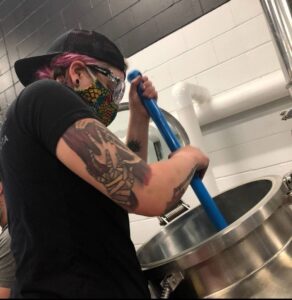 by Kayla
by Kayla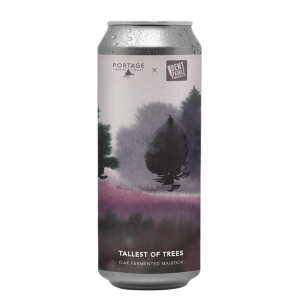
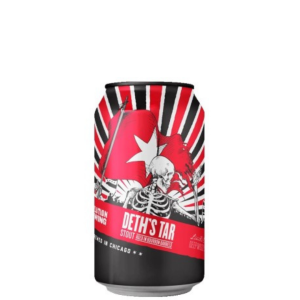
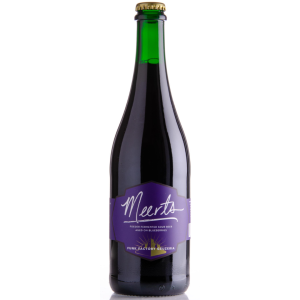
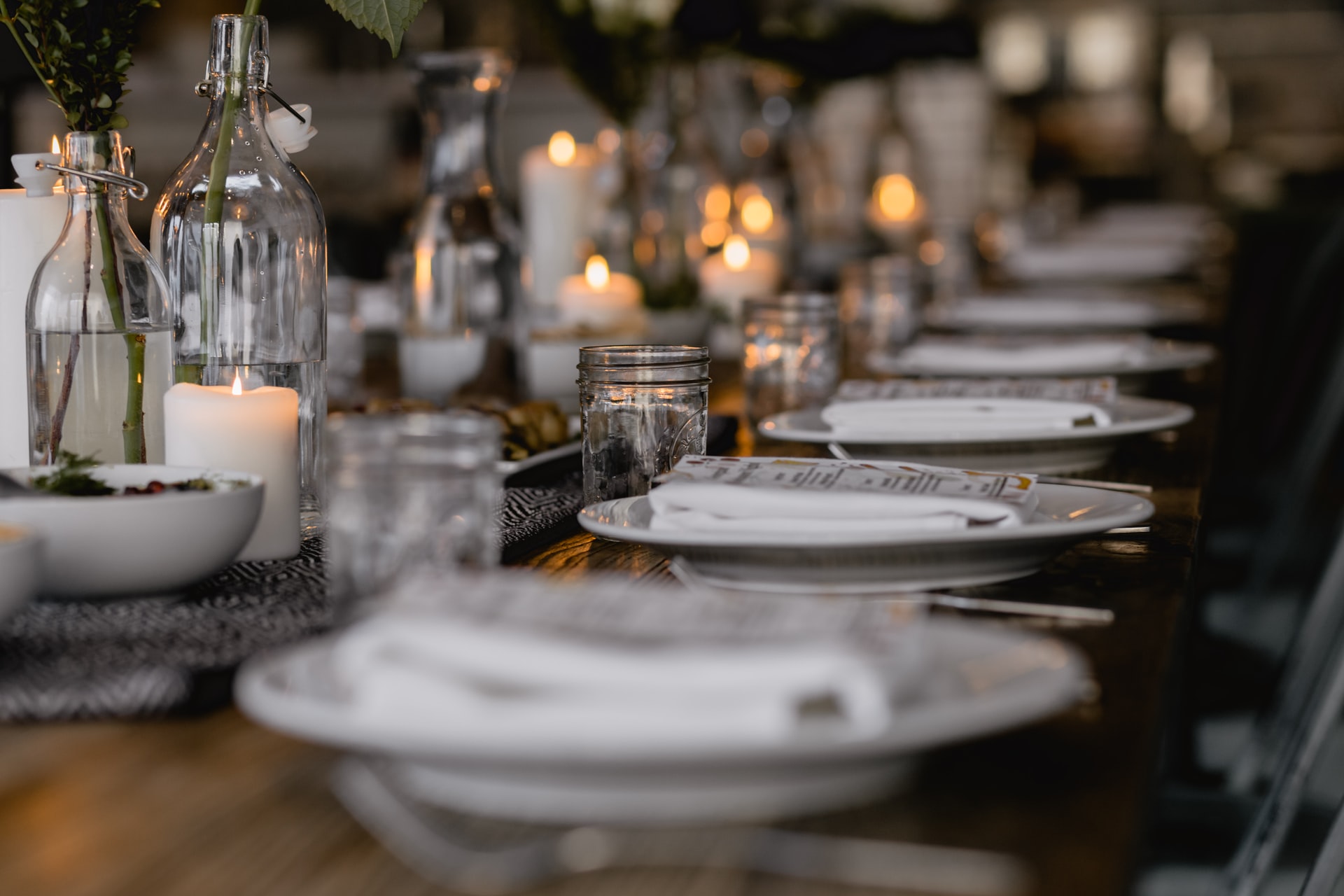
 Playing for the Jews, it’s Sam Weisberg — wine and spirits specialist, Slivovitz enthusiast, and former theater kid who definitely loved Passover the most out of all of the other holidays because of all the singing he got to do at the dinner table.
Playing for the Jews, it’s Sam Weisberg — wine and spirits specialist, Slivovitz enthusiast, and former theater kid who definitely loved Passover the most out of all of the other holidays because of all the singing he got to do at the dinner table. On Christ’s team, we’ve got Josh Timmerman — wine specialist, social media mogul, fan of cocktails with less than three ingredients, and that guy from church who built his own deck and always seems really friendly but you can never remember his name.
On Christ’s team, we’ve got Josh Timmerman — wine specialist, social media mogul, fan of cocktails with less than three ingredients, and that guy from church who built his own deck and always seems really friendly but you can never remember his name.
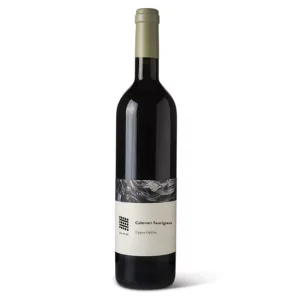


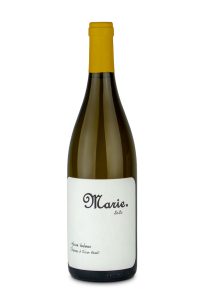
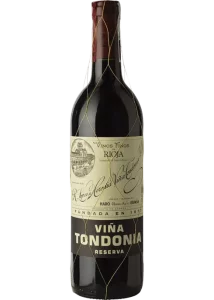
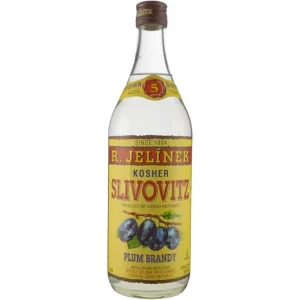
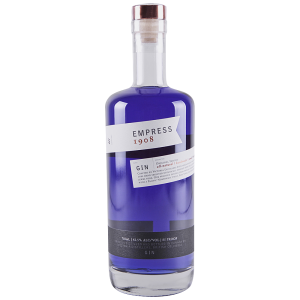

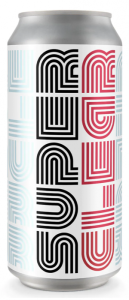
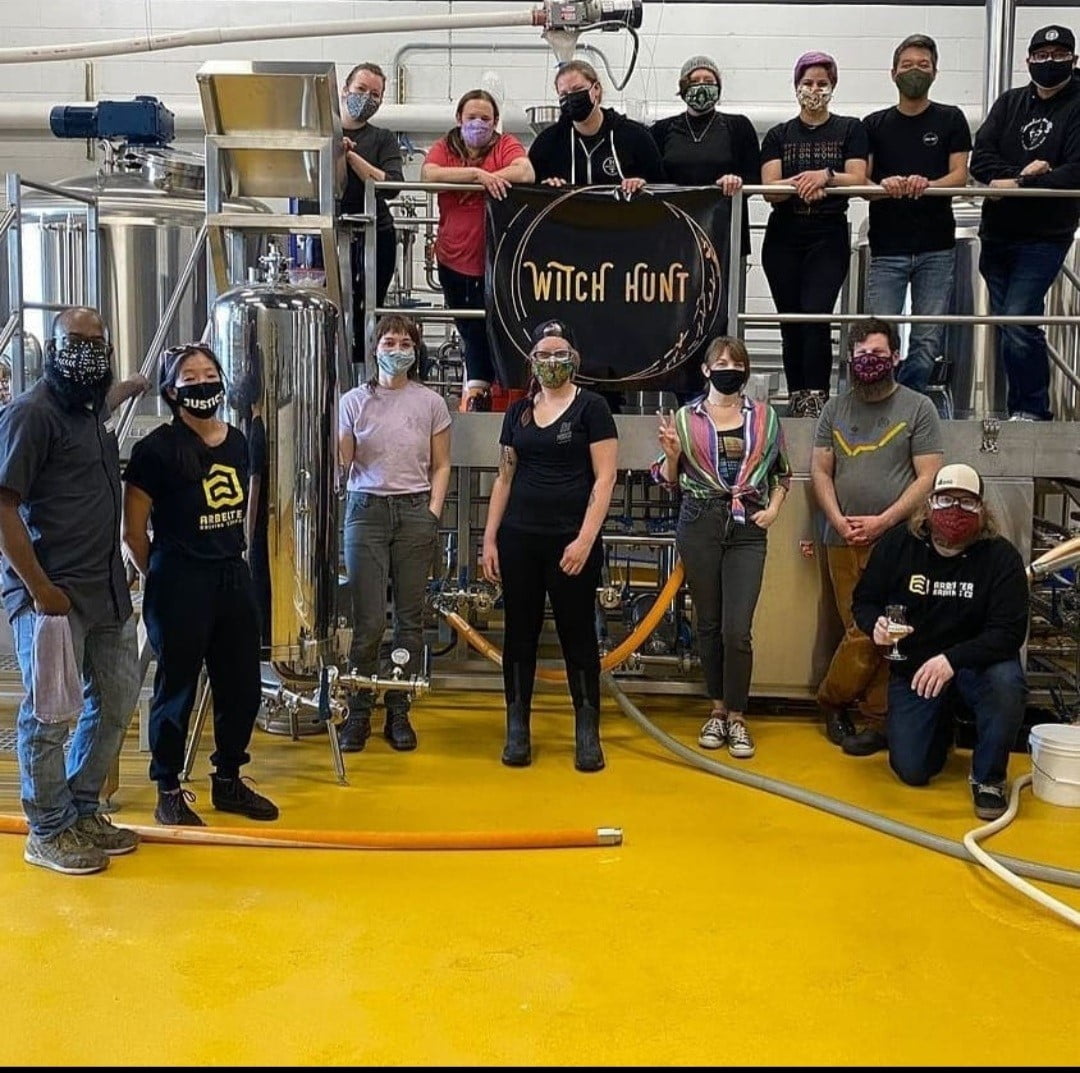
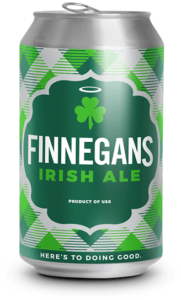
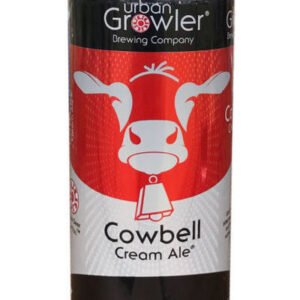
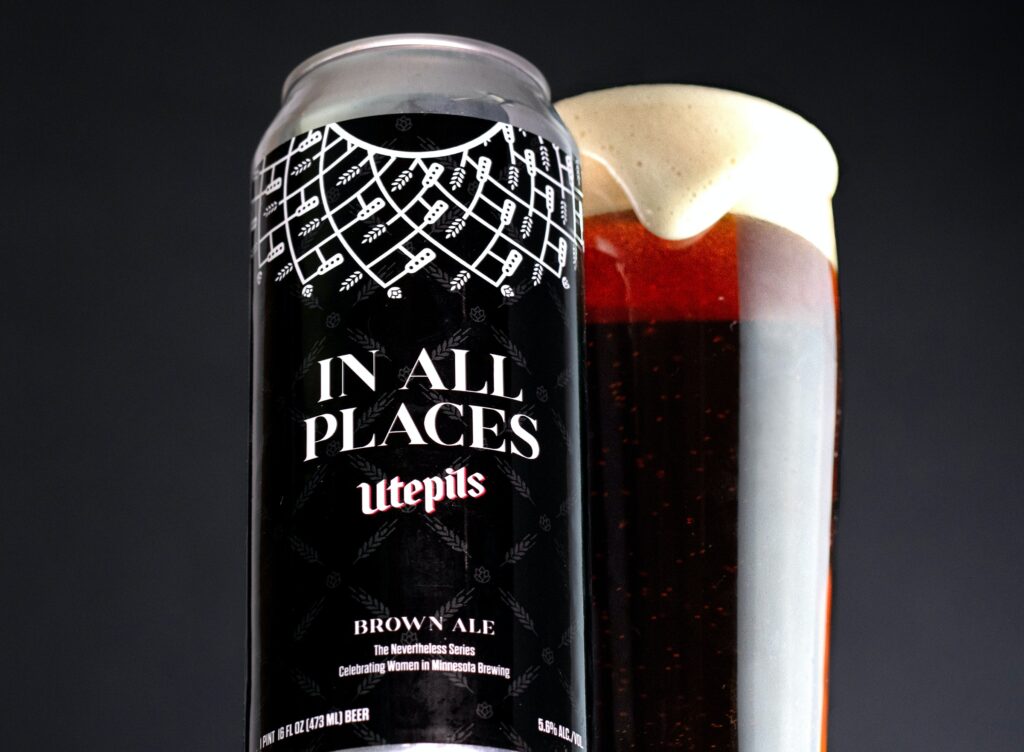
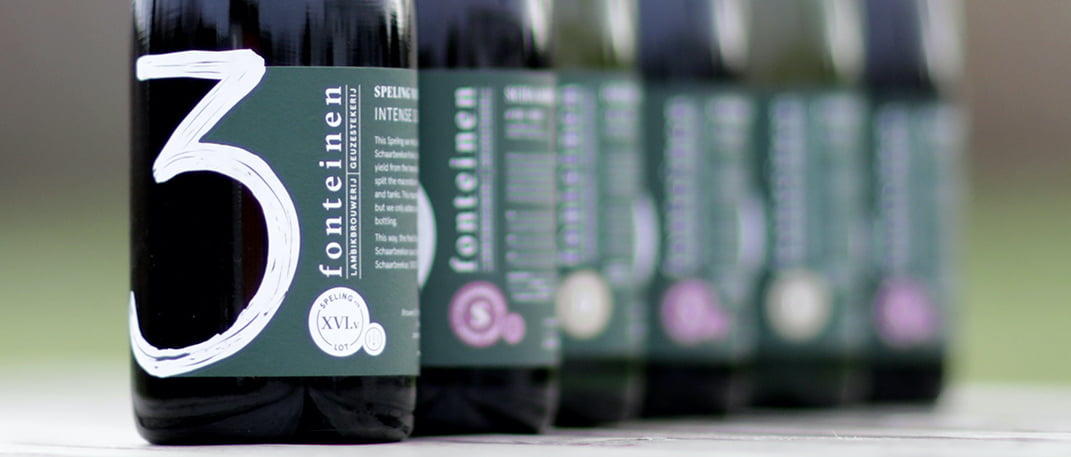

 Drie Fonteinen Schaarbeekse Kriek – $69.99/750ml
Drie Fonteinen Schaarbeekse Kriek – $69.99/750ml Drie Fonteinen Cuvée Armand & Gaston – $99.99/1.5L Magnum or $34.99/750ml
Drie Fonteinen Cuvée Armand & Gaston – $99.99/1.5L Magnum or $34.99/750ml